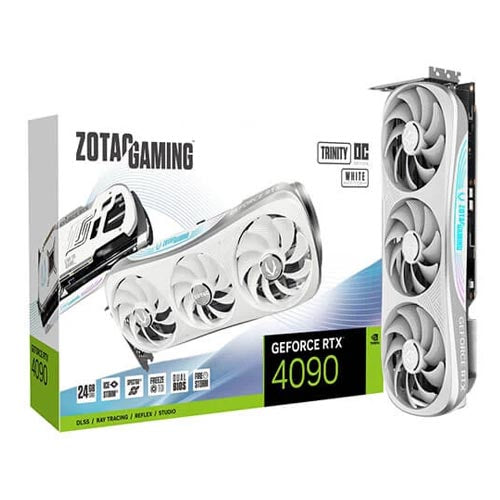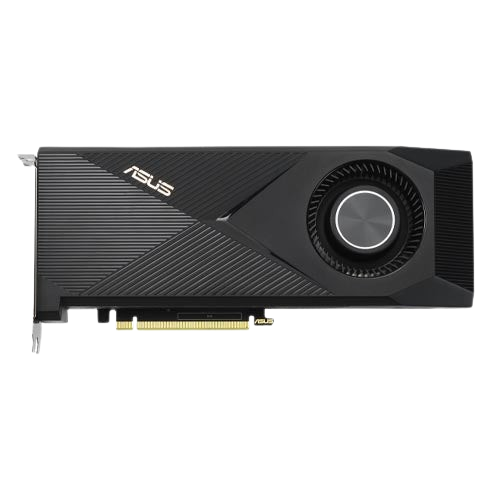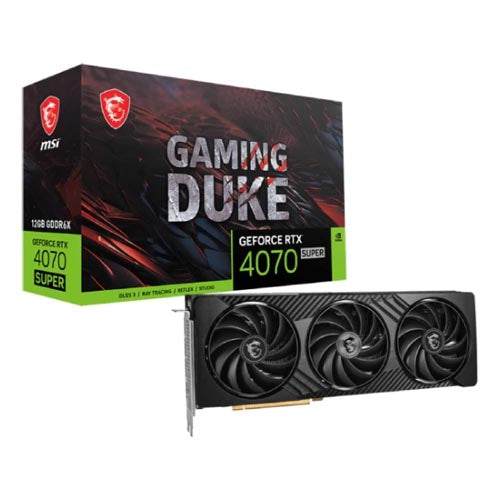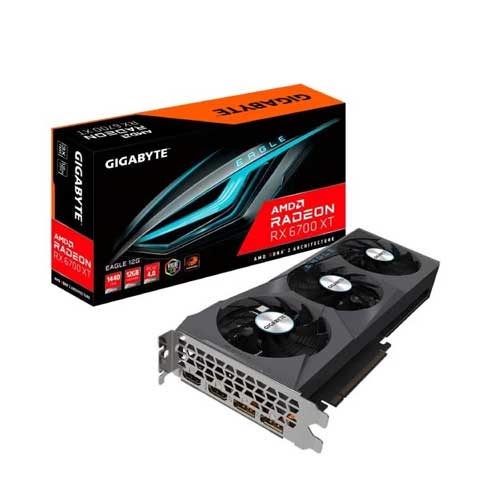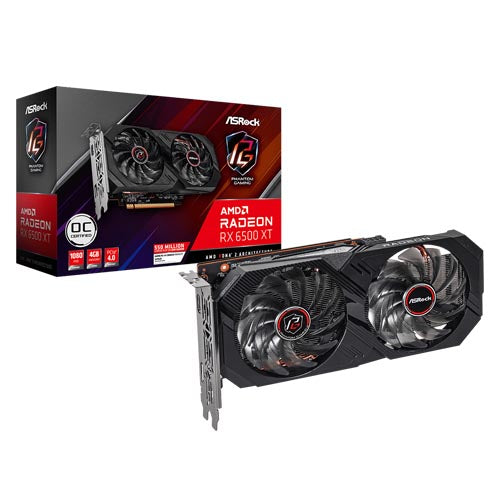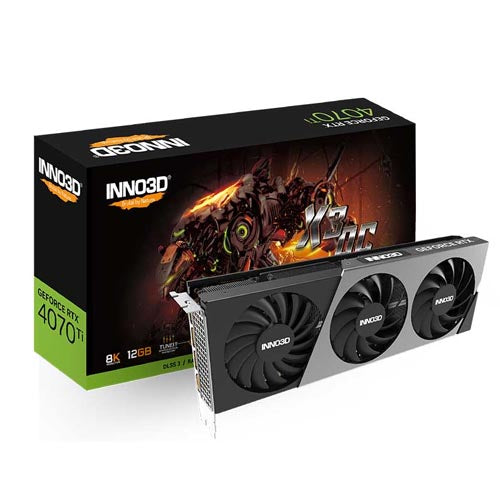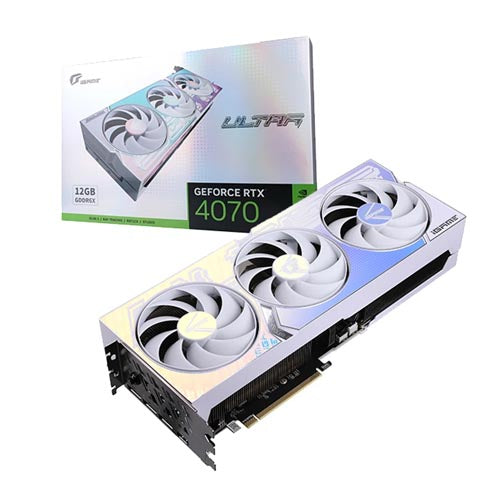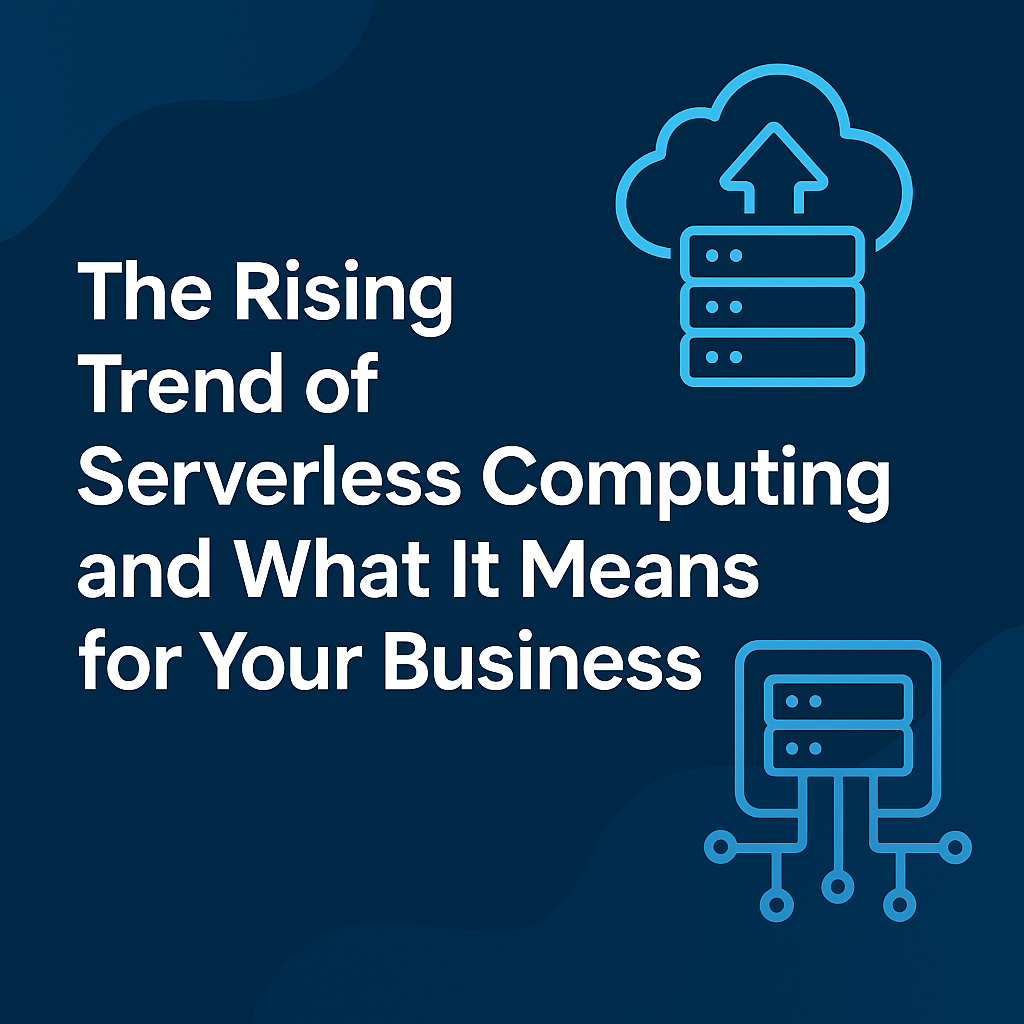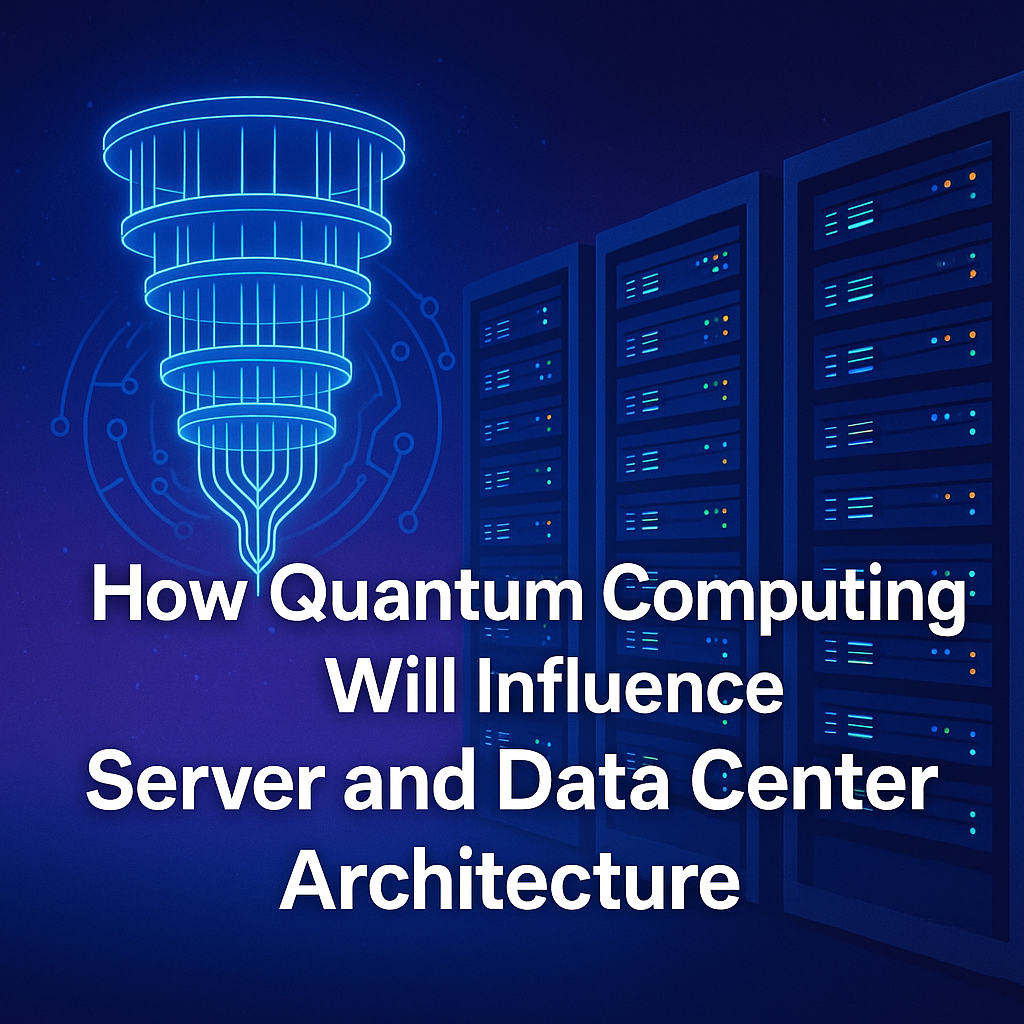
The Shift Toward Decentralized Computing
Traditional server infrastructure was built around centralized data centers—powerful hubs that stored, processed, and served data to millions of users. But as applications have become more interactive, data-intensive, and real-time in nature, the limitations of this model are becoming clear.
Enter edge computing: a paradigm that brings compute power closer to where data is generated and consumed. From smart factories to autonomous vehicles, edge computing is enabling low-latency, high-resilience infrastructure that complements cloud systems rather than replacing them.
This blog explores how edge computing is reshaping server infrastructure, including its architecture, deployment models, and the technologies enabling this evolution.
What Is Edge Computing?
Edge computing refers to processing data at or near the data source instead of relying solely on centralized cloud data centers. It’s about decentralizing compute workloads to improve responsiveness, reduce bandwidth usage, and enhance fault tolerance.
Key Use Cases:
-
-
Autonomous vehicles making split-second decisions.
-
Industrial IoT sensors in manufacturing plants.
-
Retail analytics from in-store video feeds.
-
Healthcare imaging systems for diagnostics.
-

How Edge Computing Affects Server Infrastructure
To support edge computing, server infrastructure must evolve in several technical dimensions:
1. Form Factor and Ruggedization
Edge servers often reside in constrained or harsh environments. They must be:
-
-
Compact and modular
-
Shock-resistant and fanless
-
Temperature and humidity tolerant
-
This leads to the rise of micro data centers and ruggedized edge nodes, deployable in remote factories, telecom towers, or even roadside cabinets.
2. Network Architecture: From Centralized to Distributed
Traditional server deployments revolve around core networks. Edge computing introduces:
-
-
Multi-tier architectures (edge → regional → core)
-
Decentralized load balancing
-
SD-WAN and 5G integration for low-latency connectivity
-
Edge servers often work with local gateways and real-time mesh networks, enhancing performance and availability.
3. Compute and Storage Stack
Edge workloads demand servers that are:
-
-
Optimized for AI inference and sensor data processing
-
Equipped with NVMe SSDs for rapid local storage
-
Compatible with GPU/TPU modules for ML tasks
-
Unlike centralized servers that focus on storage capacity, edge servers prioritize read/write performance, durability, and power efficiency.
4. Security and Data Compliance
Processing sensitive data on-site raises compliance challenges. Edge servers must support:
-
-
Hardware-based encryption
-
Secure boot and TPM modules
-
Zero-trust architecture with fine-grained IAM
-
For sectors like finance, healthcare, and telecom, maintaining data sovereignty and on-prem control is essential.
5. Orchestration and Management Tools
Managing hundreds or thousands of distributed edge nodes manually is not scalable. Instead, organizations rely on:
-
-
Lightweight hypervisors or container runtimes like Docker & CRI-O
-
Edge-native Kubernetes platforms like K3s and MicroK8s
-
Fleet management systems for remote updates, patching, and monitoring
-
This enables infrastructure-as-code and DevOps automation, even across diverse environments.
Benefits of Edge-Enabled Server Infrastructure

Emerging Technologies Accelerating Edge Adoption
A. 5G Integration
Combining edge computing with 5G allows for near-instantaneous communication between devices and servers, ideal for mobile applications like augmented reality, autonomous drones, and remote surgery.
B. Edge AI
Pre-trained models are now deployed directly on edge devices (e.g., NVIDIA Jetson, Google Coral), enabling real-time computer vision, NLP, and anomaly detection without cloud dependency.
C. Micro Data Centers
Vendors are offering plug-and-play data centers that fit in small enclosures, complete with cooling, power, and security, ideal for quick edge deployment.
D. Serverless at the Edge
Edge-compatible FaaS (Function as a Service) platforms are emerging, allowing businesses to run microservices triggered by local events—like a temperature spike or camera detection.
How to Architect Your Edge Server Infrastructure
-
-
Define Edge Scope:
Identify data sources and critical latency zones. -
Select Hardware:
Choose low-power, modular servers with GPU/NPU support. -
Deploy Lightweight OS:
Use distros like Ubuntu Core, Alpine Linux, or Yocto-based custom stacks. -
Use Edge-Ready Software Stack:
-
Kubernetes (K3s, MicroK8s)
-
MQTT for lightweight messaging
-
Envoy or NGINX for traffic management
-
-
Establish Monitoring and Observability:
Implement Prometheus, Grafana, and edge logging agents (e.g., Fluent Bit). -
Secure the Edge:
Encrypt data at rest and in transit, enable device fingerprinting, and enforce IAM via policy-as-code tools like Open Policy Agent (OPA).
-

Business Impact: Why This Matters
For businesses, edge computing isn’t just a technical upgrade—it’s a strategic enabler. It empowers:
-
Faster customer experiences (e.g., smart retail mirrors).
-
Operational cost reduction (e.g., predictive maintenance on factory floors).
-
Market differentiation (e.g., AI features that don’t rely on cloud).
As enterprises seek to build resilient, responsive, and real-time digital services, edge-enabled infrastructure is quickly becoming non-negotiable.
Conclusion: Edge Is the New Core
Edge computing is redefining how servers are built, deployed, and managed. Instead of a centralized compute philosophy, we're moving toward a distributed, event-driven, and latency-aware architecture that mirrors how modern digital services actually operate.
Whether you're in manufacturing, healthcare, logistics, or retail, your infrastructure strategy must now account for both cloud scalability and edge responsiveness. The companies that win tomorrow are the ones architecting for the edge today.
“Where the data lives, compute must follow. Welcome to the age of the edge.”
